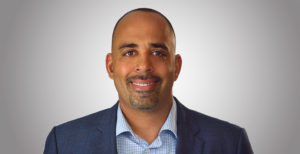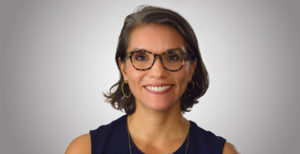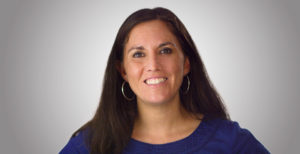Project Overview
The rural Western Piedmont region of North Carolina boasts one of the top concentrations of manufacturing firms in the nation—a proud heritage of furniture and textile production that was devastated beginning in the 1990s as jobs vanished due to automation and foreign competition. At the same time, as in rural areas elsewhere, young people were fleeing to urban places. Seizing the opportunity to connect youth retention, cultural heritage, and economic revival, The Industrial Commons helps small to mid-size firms convert to worker-ownership in a quest to build economic fairness and dignity, all while preserving a deeply meaningful culture of skilled people making things. Building on co-director Molly Hemstreet’s experience starting Opportunity Threads, a worker-owned cut-and-sew shop launched with Guatemalan colleagues, she and co-director Sara Chester first formed a federation of 350 small textile plants—known as the Carolina Textile District—to rebuild voice and economic stability for a diverse working class. Now, The Industrial Commons is on the front lines of supporting sustainable manufacturing in America. As a generation of aging factory owners prepares to retire, The Industrial Commons is engaging younger worker-owners who are hungry for a more democratic workplace—and can preserve the region’s unique craft-production knowledge before it’s lost.
Five Questions
Learn more about this project
Meet our other 2017 awardees

Washington, D.C. and San Diego, CA
Seeking to restore imperiled coral reefs, Coral Vita is leveraging for-profit tools to build a network of high-tech coral farms.

Washington, D.C.
Rising Tides brings expertise on climate adaptation and cultural heritage directly to vulnerable communities to save America’s histories, traditions, and cultures.

California
Seeking to reimagine the legal profession, Esq. Apprentice creates a no-cost pipeline for low-income youth of color to become fully licensed attorneys.

Neighborhood Opportunity and Accountability Board (NOAB)
California
A neighborhood-led model for youth justice seeks to re-route resources spent on locking youth up, and instead invest in young people and their communities.

Swapna Reddy &Elizabeth Willis
Asylum Seeker Advocacy Project (ASAP)
New York
ASAP offers a model for “lawyering in a crisis” by crowdsourcing short-term volunteers to provide rapid legal services to asylum-seeking families.

California
Through the nation’s first farm labor trust, immigrant farmworkers are reaping the benefits of worker-ownership while strengthening America’s food economy.

Texas
Jolt is pioneering a Latino youth-led movement across Texas to fight for stronger immigrant protections and rewrite the immigration narrative.

Ho‘oulu Pacific
Hawaii
Ho‘oulu Pacific’s win-win model of “distributed agriculture” provides income for household farmers and healthy, affordable food for Hawaiians.

 Learn More
Learn More